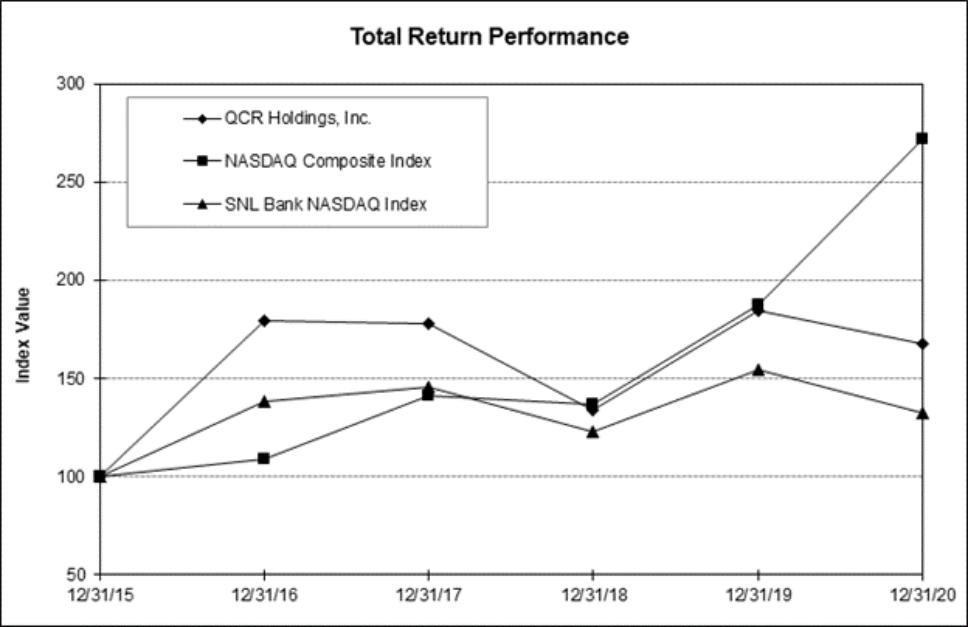Free signup for more
- Track your favorite companies
- Receive email alerts for new filings
- Personalized dashboard of news and more
- Access all data and search results
Content analysis
?| Positive | ||
| Negative | ||
| Uncertain | ||
| Constraining | ||
| Legalese | ||
| Litigious | ||
| Readability |
8th grade Avg
|
|
New words:
accuracy, adaptability, aid, aimed, ALLL, alter, ambiguity, appointment, audio, bargaining, bill, career, Center, certification, channel, chat, cloud, Compay, conferencing, coordinate, country, COVID, culture, curtailment, degradation, depository, desktop, difficulty, discontinued, disease, distancing, dramatic, dropped, earlier, easing, easy, emergency, encourage, encouraged, encouraging, endure, enroll, enrolled, enterprise, escalation, exclusive, existedfo, explained, faith, family, feedback, floor, forced, fostering, gather, handling, healthcare, hosting, hotel, imputed, influenza, job, judgement, jurisdiction, kind, knew, learning, leave, lessen, lobby, lockdown, LRP, lt, macroeconomic, Main, Manaement, mathematical, midsized, modern, MSELF, MSNLF, NaN, navigate, necessitate, newly, OCC, outcome, outsized, overvalued, paragraph, Paycheck, PEP, philosophy, platform, PPP, producing, progression, promote, promotion, quarantined, rapidly, recessionary, redeemable, redeemed, redesignated, remote, remotely, reopen, reopened, restaurant, resume, room, rose, safety, SFCB, sixty, slowdown, solution, speed, split, subsided, sudden, supervisory, surge, suspend, suspended, teamwork, threat, thrust, tool, traffic, training, tranche, transportation, trillion, triple, Trump, undecided, unhedged, unprecedented, unwilling, video, virtual, virtually, workforce
Removed:
addressing, arranged, attendant, bond, compromised, concentrated, consecutive, considerable, cybersecurity, depositor, device, dilution, diminishing, earn, eliminating, expand, FICO, fit, fluctuation, generating, greatly, IDFPR, immaterial, initiative, interrelated, Island, Journal, Lastly, lifetime, marketplace, Milwaukee, modestly, NE, permanently, population, presence, preserve, renew, replacing, revalued, Rock, SE, selective, shifted, strive, sum, surviving, syndicated, targeted, trade, usability, user, welfare, wrongdoing
Filing tables
Filing exhibits
Related press release
Associated QCRH transcripts
QCRH similar filings
Filing view
External links
